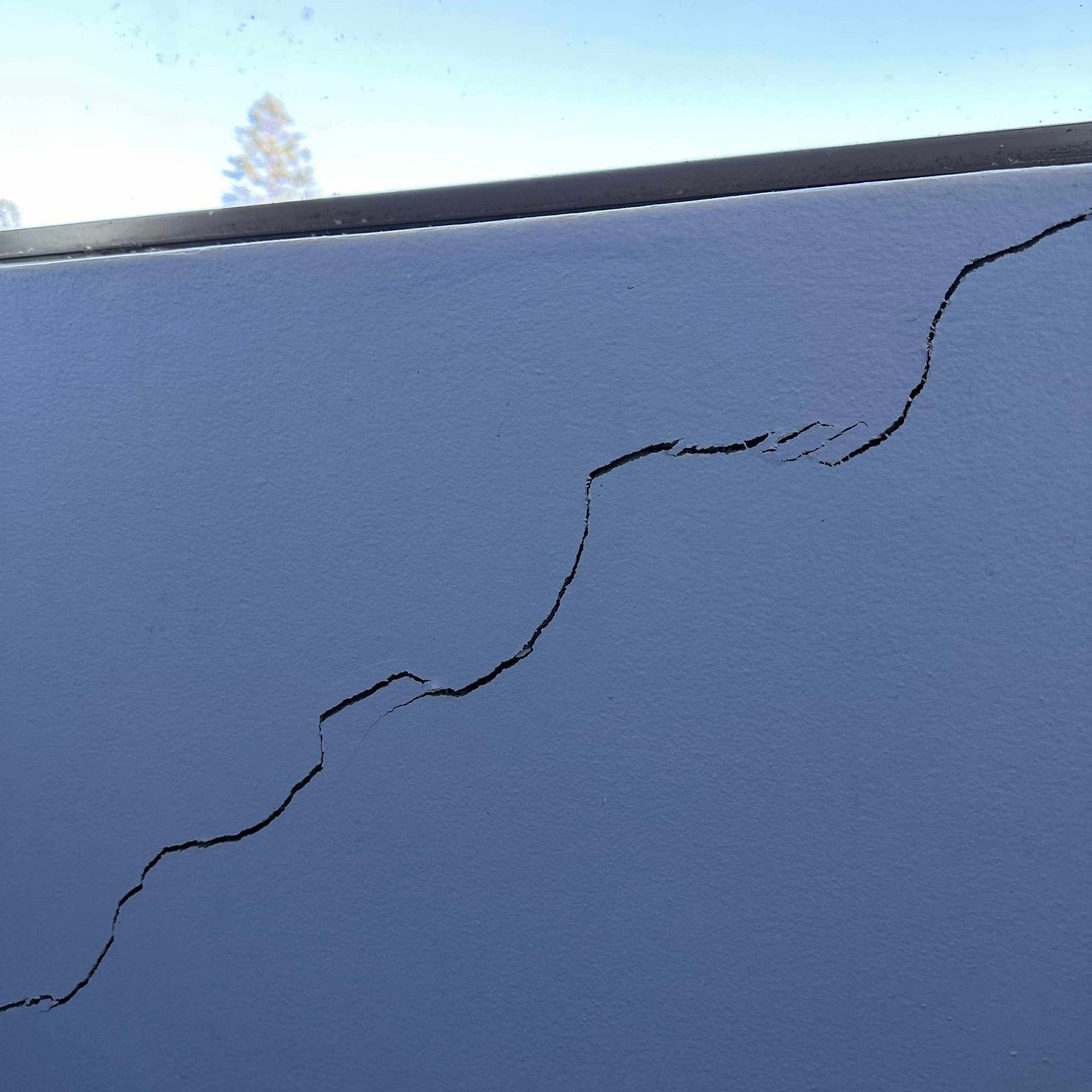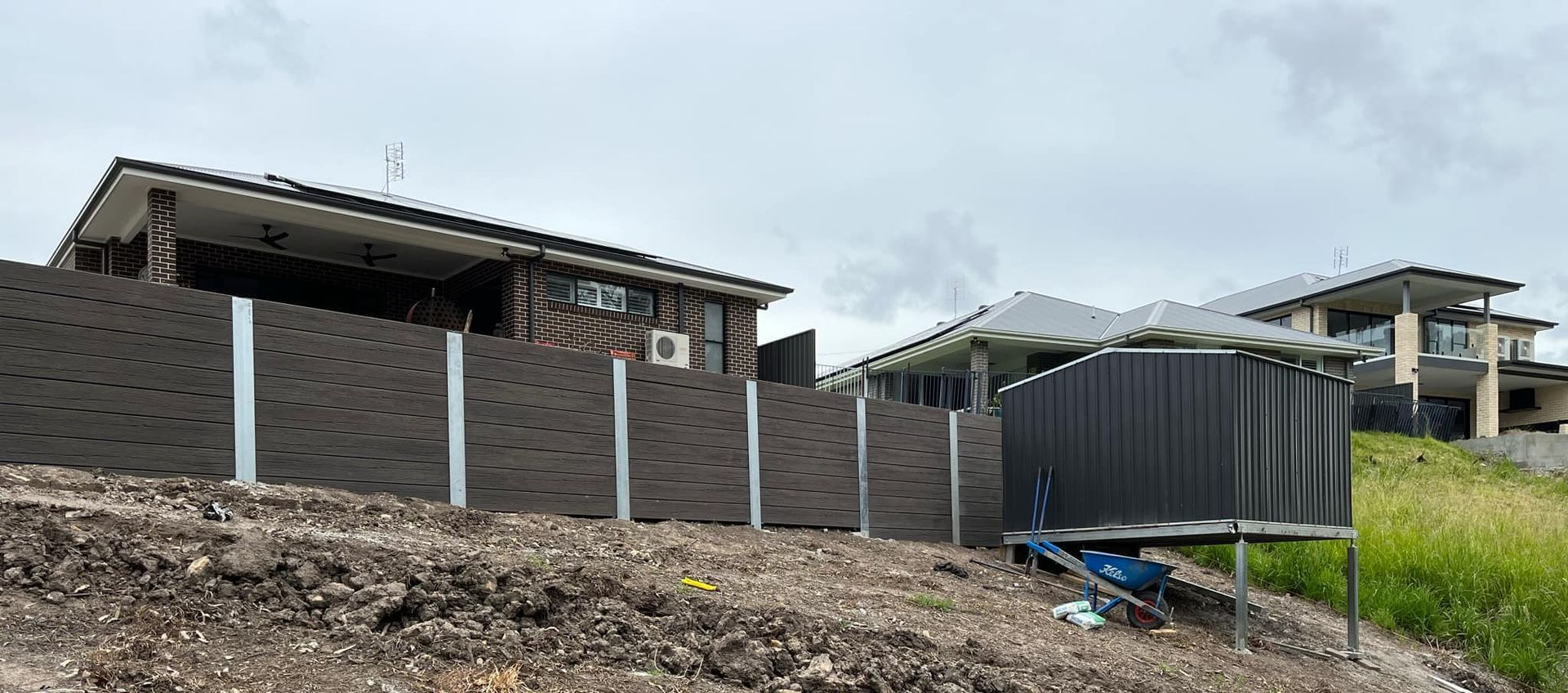A Homeowner's Guide by Precision Building NSW
If you’ve noticed cracks in your walls, uneven floors, or doors that no longer close properly, your home could be experiencing foundation movement, and underpinning may be the solution.
At Precision Building NSW, we’ve spent over 30 years helping homeowners protect their homes from costly structural damage. In this guide, we break down what underpinning is, why it’s needed, how it works, and what to do if you suspect foundation problems.
WHAT IS UNDERPINNING?
Underpinning is a structural technique used to strengthen and stabilise the foundation of an existing building. It’s typically required when the original foundation is no longer strong enough to support the structure, due to movement, soil instability, or changes in load-bearing requirements.
Think of it as reinforcing the ground beneath your home to prevent further sinking, cracking, or structural damage.
WHY DOES FOUNDATION MOVEMENT HAPPEN?
There are several common reasons why the ground beneath your home might shift:
- Soil movement: Expansive clay soils in parts of NSW expand and contract with moisture, causing foundations to shift.
- Poor drainage or plumbing leaks: Water can erode or soften the soil, leading to uneven settlement.
- Poorly compacted soil: During the original build, if the soil wasn’t properly compacted, it may settle over time.
- Tree roots: Large trees near foundations can extract moisture, drying out the soil and causing movement.
- Construction nearby: Excavation or vibrations from nearby development can impact your home’s foundation.
SIGNS YOU MIGHT NEED UNDERPINNING
You may not see the ground move, but your home will start showing signs.
These include:
- Cracks in interior or exterior walls (especially diagonal or stair step cracks)
- Doors or windows that suddenly stick or no longer align
- Uneven or sloping floors
- Gaps between walls and ceiling/skirting boards
- Subsidence (visible sinking of parts of your home or yard)
Don’t ignore these signs. Left untreated, they can lead to major structural issues that are far more expensive to fix.
WHEN IS UNDERPINNING REQUIRED?
Not all cracks or movements mean you need underpinning. Sometimes, cosmetic repairs or minor drainage adjustments may be enough. But underpinning is typically recommended when:
- The foundation has structurally failed
- Previous repair methods haven’t resolved the issue
- You’re adding extra storeys or weight to the structure
- The site has poor soil conditions or history of subsidence
If you're unsure, the safest next step is to arrange a foundation assessment. Contact us to organise an inspection.
WHAT HAPPENS IF YOU DON'T FIX IT?
Ignoring foundation issues can result in:
- Worsening cracks and instability
- Water ingress through shifted foundations
- Decreased property value
- Structural damage to plumbing and framing
- Difficulty selling or insuring your home
In worst case scenarios, parts of the structure may become unsafe or even collapse.
WHY CHOOSE PRECISION BUILDING NSW?
Choosing a qualified, experienced team is crucial. Underpinning is not just about pouring concrete, it's about understanding why movement has occurred and ensuring it doesn’t happen again.
Here’s what sets us apart:
- Over 30 years experience in structural repairs and foundation work
- Experts in NSW soil conditions and drainage solutions
- Fully licensed and insured
- Transparent quotes and honest recommendations
- We also handle drainage, rising damp, and retaining walls, so we can provide a whole site solution.
BOOK A FREE SITE ASSESSMENT TODAY
Not sure if underpinning is needed? That’s what we’re here for.
We’ll assess your property, provide expert advice, and if underpinning is required, explain the best approach for your home.
📞 Call John on 0412 273 367
📧 Or enquire online





